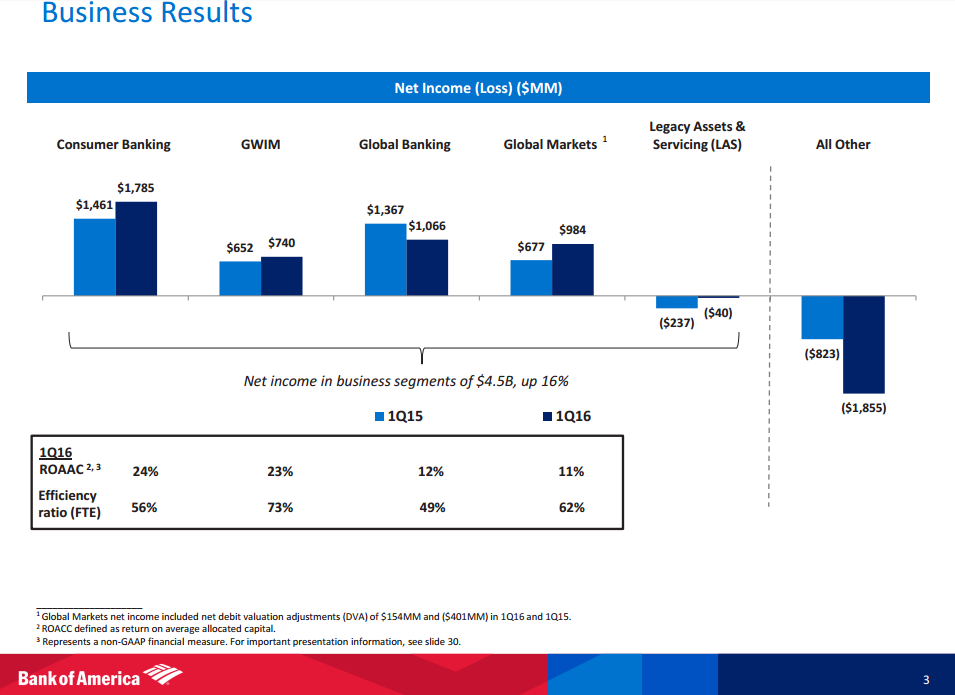The China Factor: Analyzing The Automotive Challenges Faced By BMW, Porsche, And Competitors

Table of Contents
Intense Domestic Competition
The Chinese automotive market is no longer dominated solely by international brands. The rise of domestic automakers and the complexities of joint ventures present significant hurdles for companies like BMW and Porsche.
Rise of Chinese Automakers
The rapid growth and technological advancement of domestic brands like BYD, Nio, and Xpeng are creating intense pressure on established international players. These companies are leveraging several key advantages:
- Superior understanding of local consumer preferences: Chinese brands are intimately familiar with the evolving tastes and demands of the domestic market.
- Aggressive pricing strategies: They often offer competitive pricing, making their vehicles more accessible to a broader range of consumers.
- Rapid technological innovation (EV technology): Chinese EV manufacturers are at the forefront of battery technology and electric vehicle development, often surpassing their international counterparts.
- Strong government support: The Chinese government actively supports the growth of its domestic automotive industry through subsidies, tax breaks, and infrastructure development.
BYD, for example, has rapidly become a major player, surpassing Tesla in sales in China in 2022. This success is a direct result of their focus on affordable EVs, strong domestic supply chains, and effective marketing targeted at the Chinese consumer. Nio and Xpeng, focusing on premium EVs, are also aggressively challenging established luxury brands with advanced technology and stylish designs. This increased competition directly impacts market share for established players like BMW and Porsche.
Joint Venture Challenges
Foreign automakers often rely on joint ventures with Chinese companies to access the market. However, these partnerships bring their own complexities:
- Negotiating favorable terms: Securing beneficial agreements that protect intellectual property and ensure profitability can be challenging.
- Managing technological transfer risks: Sharing technology with a partner necessitates careful management to prevent the loss of valuable intellectual property.
- Adapting to differing management styles: Navigating cultural differences and varying management styles within a joint venture can create friction and inefficiencies.
Maintaining control and profitability within joint ventures is a significant ongoing challenge. The need to balance local partnership requirements with the preservation of brand identity and technological advantage is a constant balancing act for international automakers.
Unique Consumer Preferences and Demands
Understanding the nuances of Chinese consumer preferences is critical for success. The market demands a unique approach compared to Western markets.
Brand Perception and Luxury Positioning
The Chinese consumer's perception of luxury differs from Western markets. Luxury is often associated with status symbols, social acceptance, and a holistic brand experience:
- Emphasis on status symbols: Owning a luxury car is often viewed as a symbol of success and social standing.
- Social media influence: Online reviews, social media endorsements, and influencer marketing play a crucial role in shaping consumer perceptions.
- Personalized experiences: Chinese consumers expect a high level of personalization in their interactions with luxury brands, from sales to after-sales service.
- After-sales service expectations: Excellent after-sales service and customer support are crucial for maintaining brand loyalty.
BMW and Porsche must adapt their marketing and branding strategies to resonate with this understanding of luxury. This requires a sophisticated understanding of the Chinese consumer's cultural values and aspirational goals.
Technological Preferences and Innovation
Chinese consumers are early adopters of new technologies, particularly in the EV segment:
- Demand for advanced driver-assistance systems (ADAS): Features like lane-keeping assist and adaptive cruise control are highly valued.
- Connectivity features: Seamless integration with smartphones and other digital devices is essential.
- Electric and hybrid vehicles: The demand for environmentally friendly vehicles is rapidly increasing.
- Digitalization: Consumers expect a high level of digitalization in the car buying and ownership experience.
BMW and Porsche must rapidly innovate to meet these technological expectations, competing directly with domestically produced EVs that often lead in technological advancements and integration.
Regulatory and Political Landscape
The Chinese automotive market is subject to a complex and ever-evolving regulatory and political landscape.
Government Regulations and Policies
China's government plays a significant role in shaping the automotive industry through various regulations and policies:
- Compliance costs: Meeting stringent emission standards and other regulations can be expensive.
- Import duties: High import tariffs can significantly increase the cost of importing vehicles.
- Localization requirements: The government often requires foreign automakers to increase local production and sourcing.
- Environmental regulations: China is increasingly focused on reducing emissions and promoting sustainable transportation.
Navigating these regulations requires significant investment and expertise. Adapting to changing regulations and ensuring compliance is a constant challenge for international automakers.
Geopolitical Factors
Geopolitical factors also influence the business environment for foreign automakers in China:
- Trade disputes: Trade tensions between China and other countries can impact the supply chain and market access.
- Political instability: Political uncertainty can create instability and risk for businesses operating in China.
- Intellectual property protection: Protecting intellectual property rights can be challenging in some sectors.
Understanding the broader geopolitical context is essential for risk management and long-term strategic planning in the Chinese automotive market.
Conclusion
The "China factor" presents both immense opportunities and substantial challenges for BMW, Porsche, and other international automotive players. Success hinges on understanding and adapting to the unique aspects of the Chinese market—intense domestic competition, evolving consumer preferences, and the complex regulatory landscape. Companies must prioritize localization, technological innovation, and a deep understanding of the Chinese consumer to thrive in this dynamic environment. Ignoring the nuances of the China factor risks significant setbacks. To succeed in this crucial market, a comprehensive strategy tailored to the specific needs and demands of Chinese consumers and the regulatory environment is paramount for navigating the complexities of the China factor in the automotive industry. Don't underestimate the China factor; understand it, and you can unlock the potential of this massive market.

Featured Posts
-
 Stock Market Valuation Concerns Bof A Offers A Reason For Optimism
Apr 27, 2025
Stock Market Valuation Concerns Bof A Offers A Reason For Optimism
Apr 27, 2025 -
 Legal Battle E Bay Banned Chemicals And The Limits Of Section 230
Apr 27, 2025
Legal Battle E Bay Banned Chemicals And The Limits Of Section 230
Apr 27, 2025 -
 How Trumps Presidency Will Shape Zuckerbergs Leadership At Meta
Apr 27, 2025
How Trumps Presidency Will Shape Zuckerbergs Leadership At Meta
Apr 27, 2025 -
 South Africa Tanzania Agricultural Trade Hope For Resolving The Import Ban
Apr 27, 2025
South Africa Tanzania Agricultural Trade Hope For Resolving The Import Ban
Apr 27, 2025 -
 Crumbach Steps Down Impact On Bsw And The German Coalition
Apr 27, 2025
Crumbach Steps Down Impact On Bsw And The German Coalition
Apr 27, 2025
Latest Posts
-
 Cybercriminals Office365 Scheme Millions Gained From Executive Inbox Breaches
Apr 28, 2025
Cybercriminals Office365 Scheme Millions Gained From Executive Inbox Breaches
Apr 28, 2025 -
 Federal Investigation Millions Made From Executive Office365 Account Hacks
Apr 28, 2025
Federal Investigation Millions Made From Executive Office365 Account Hacks
Apr 28, 2025 -
 Office365 Data Breach Hacker Makes Millions Targeting Executive Inboxes
Apr 28, 2025
Office365 Data Breach Hacker Makes Millions Targeting Executive Inboxes
Apr 28, 2025 -
 Millions Stolen Office365 Breach Nets Criminal Millions Fbi Investigation Reveals
Apr 28, 2025
Millions Stolen Office365 Breach Nets Criminal Millions Fbi Investigation Reveals
Apr 28, 2025 -
 Execs Office365 Accounts Targeted Millions Made In Cybercrime Feds Say
Apr 28, 2025
Execs Office365 Accounts Targeted Millions Made In Cybercrime Feds Say
Apr 28, 2025
